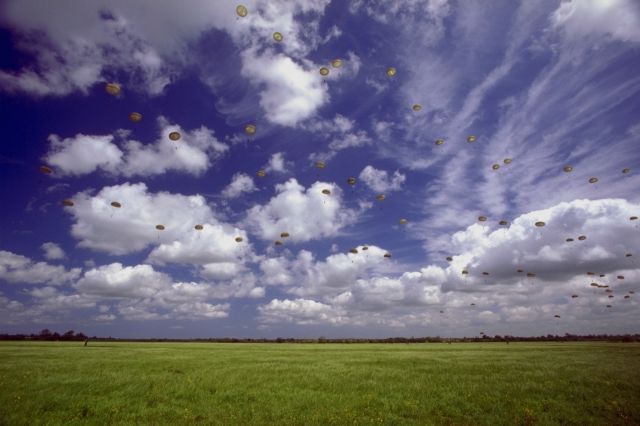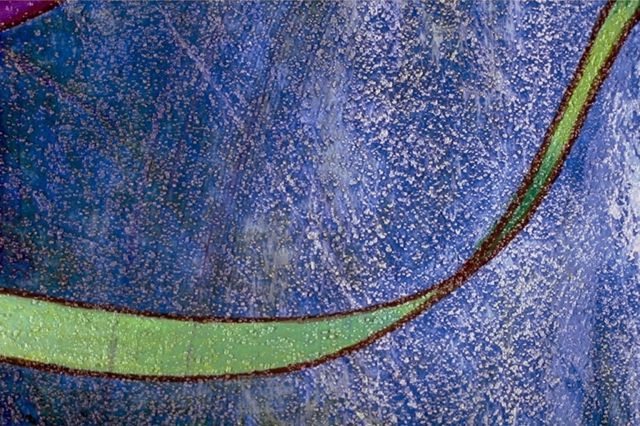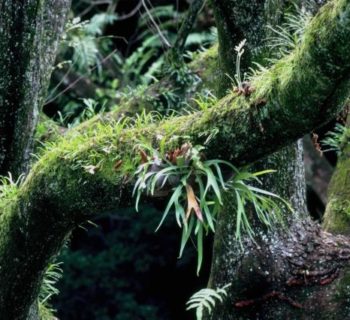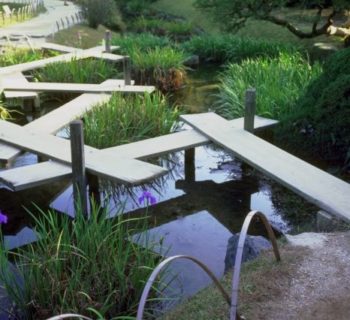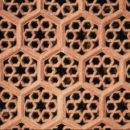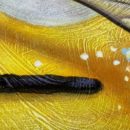On my blog I have not dealt so much with my home country Finland - given that I have worked since 1994 most of the time elsewhere in Europe. During our EU-funded Learning Layers project I found several occasions to address some developments in Finland as impulses for the project work (e.g. developments in apprentice training and the 'sustainability commitments' in education, training and economy). Last December I felt the need to write about the Finnish independence, now that Finland is celebrating its 100th independence day in the coming December. In this respect I will picking more Finnish issues to celebrate during this year.
And just now I have a perfect case - the 40th anniversary of the most popular and sustainable children's TV program - Pikku Kakkonen (Tiny 2-er). Today I watched the special TV program "Postilokero 347" (P.O. Box 347) in its full length and was amazed what all this program could report on the history, characters, contributors, feedback etc. Here I give the link to the program (made in Finnish for Finnish children) and then try to describe what all I learned.
Postilokero 347 - 40-vuotiaan Pikku Kakkosen tarina
The song "Pikku Kakkosen posti": The TV-program invited children to send drawings and other post and the postal address was presented as a song that was performed by children. And this special program was started with this very song - performed by several groups of children at different times. (And they all enjoyed it.)
The initial start of the program: Some of the founders had already been involved in making an earlier children's program for the Finnish TV 2 but it had been based on a British format and was scripted in the UK. In this context they came to the conclusion that they could develop a program with their own format and with Finnish content and Finnish-initiated characters. Of course, they were also looking for contents and impulses from other countries. But on the whole Pikku Kakkonen was a Finnish design (from TV 2 and Tampere).
Some key characters and program elements: The program was composed of short elements glued together by the moderators. A special feature was to bring hand puppet animals as partners of the moderators. The most popular was Ransu the dog and his two mates Riku and Eno-Elmeri (together known as Karvakuonot - Furry Noses). Sometimes they were also making special outdoor visits (e.g. boat trips on the nearby lake or visiting police stations or fire brigade stations). From Poland the program borrowed Teddy Hangor (Nalle Luppakorva) and his animal friends. From DDR the program got its Sandman to start and to conclude the sleepy time tale (that was told by a famous Finnish actor - male or female). One of the most popular slots was that of the Circus clown Hermanni - announced either as Hermanni's clown school (Hermannin pellekoulu) or as Hermanni's hotline (Hermannin hätäapu). And all kinds of children's concerns could be dealt by the sympathetic, shy and clumsy clown who was speaking directly to (fictive) kids somewhere in Finland and commenting their (fictive) answers.
Special excursions: The very special initiatives were to send a moderator with Ransu the dog to visit Leningrad in the 1980s - just to give insights into everyday life of children in Soviet Union (avoiding all kinds of ideological ornaments). Later on the same moderator and Ransu visited Berlin - and wondered why the people had got into such bad terms with each other that some got the idea to build the wall. Ransu made the point that they should learn to get along with each other so that no such walls would be needed. This was in the autumn 1989 - and by chance: the wall was opened next week (and the moderator and Ransu could add this delightful news as a PS to their travel report. Later on another moderator went with Ransu to interview the presidents of republic about their childhood memories or relations to their pet animals.
Echo from kids and families with kids: This special program presents several episodes in which city kids and rural kids rush to watch Pikku Kakkonen when the program starts - and the parents can count that the kids will focus entirely on the program the next half an hour. And in many cases this had gone from one generation to another. BUT even more striking was that in the 1980s Pikku Kakkonen had been the 'window to west' for the Soviet Estonian children and their families. And for Estonian children of that time it was easy to learn Finnish just watching the program.
Echo from other viewers: It was fascinating to hear a special fan - a severely disabled and blind man who had suffered from his disease from his childhood on - to tell that he had been able to follow the program very well in spite of his blindness - the program was sufficiently conversational and had a lot of music. But it appeared that the program is also popular in elderly people's homes - it brings the children to the inhabitants of these homes (even if they may not have grandchildren of their own). And - what was striking to me - Pikku Kakkonen has become popular among the refugee families in Finland and a key facilitator of the language learning of their children at pre-school or school age. This became apparent in the talks with a Syrian family (in Arabic) and their children (in Finnish).
And finally, at the end of the celebration program "Postilokero 347" I was inspired to hear the current bedtime storyteller of Pikku Kakkonen present the Grimm brothers' story of Bremen town musicians (Bremer Stadtmusikanten). That made me happy in my present location - in Bremen.
- - -
I guess this is enough to give a picture of Pikku Kakkonen, its history, key characters and impact. If you want to learn more, just click the link and make your own observations! I was overwhelmed by memories of the childhood of my kids (that we shared with Pikku Kakkonen in the 1980s). And I was surprised to learn what all came after those years (when we grew out of Pikku Kakkonen but the program moved on). Congratulations, Pikku Kakkonen - years and more!
More blogs to come (but on other topics) ...

